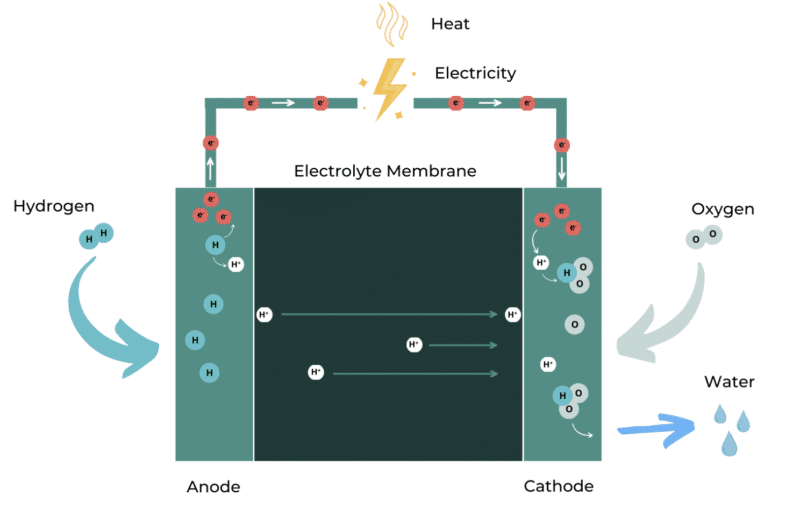Paris Boat Show successfully concludes for INOCEL
Paris, France – The Paris Boat Show came to a successful end this past week, with INOCEL showcasing its high power 300 kW fuel cell technology and first marine demonstrator with a complete hydrogen propulsion chain.
During the exhibition, INOCEL had the opportunity to showcase its fuel cell solution to a wide audience of boat enthusiasts and industry professionals, generating significant interest and excitement for its innovative product. INOCEL is proud to announce that its technology won the Innovation Prize in the Product Category at the show.
This recognition is a testament to the hard work and dedication of the INOCEL team and is excited to continue bringing its hydrogen solution to different actors of the sector.
INOCEL’s participation in the Paris Boat Show was an opportunity to show its technological advance in the field of hydrogen propulsion. INOCEL presented its fuel cell technology to a large audience of marine professionals, generating a strong interest and enthusiasm for our innovative product, which is a real alternative to thermal propulsion.
In addition to our success at the Paris Boat Show, we are pleased to announce that we will be participating in the next Consumer Electronics Show (CES) in Las Vegas in January 2023. This will give us the possibility to introduce our technology to a new market and to exchange with the actors of the sector.


